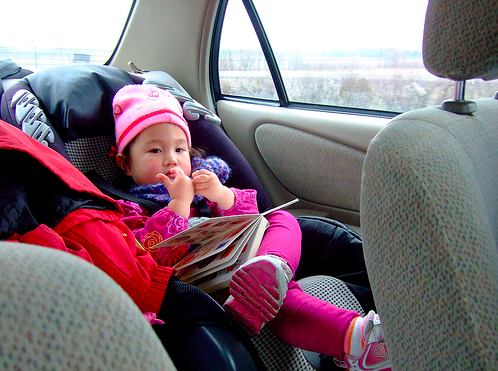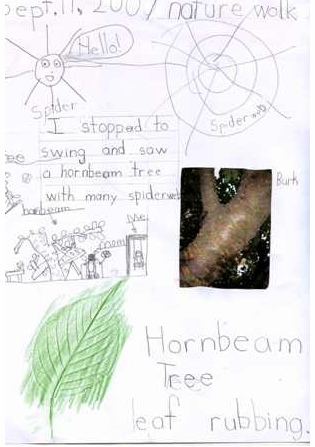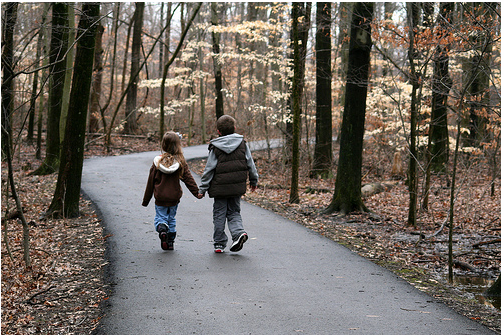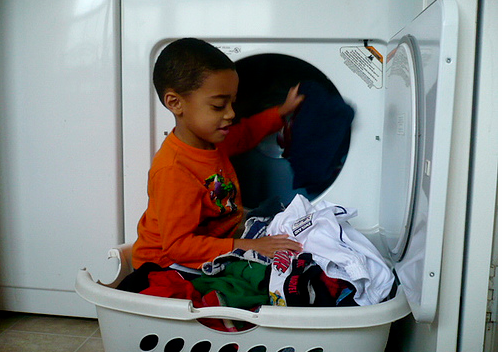With summer upon us and the quickly approaching arrival of our third child, I was trying to plan some fun simple activities that my preschool daughter could work on that wouldn’t require much time or energy on my part. I wanted something educational but different from the normal schooling routine. I wanted some activities that could be self-directed while mommy might be busy with a new little one. I came upon these few resources that I have been absolutely thrilled with. And did I mention my daughter loves as well?
 Kumon Workbooks - I recently stumbled upon this series of hands on workbooks, and my daughter has been making her way through the My First Book of Cutting workbook and absolutely loves the various cutting exercises. They are simple and yet have really strengthened her eye and hand coordination. They are an easy tool for basic childhood development while being very self-directed for the most part. These workbooks range in skills from cutting, drawing, mazes, tracing, pasting, to basic math and language skills, all for a 3-6 year old level. They even offer a First Steps series for as young as 2 year olds with basic cutting, pasting, and coloring practice. We plan to use these this fall with my toddler while sister is working on her own school, along with this cut little pair of first scissors. These workbooks could easily be used alone for a solid start on preschool.
Kumon Workbooks - I recently stumbled upon this series of hands on workbooks, and my daughter has been making her way through the My First Book of Cutting workbook and absolutely loves the various cutting exercises. They are simple and yet have really strengthened her eye and hand coordination. They are an easy tool for basic childhood development while being very self-directed for the most part. These workbooks range in skills from cutting, drawing, mazes, tracing, pasting, to basic math and language skills, all for a 3-6 year old level. They even offer a First Steps series for as young as 2 year olds with basic cutting, pasting, and coloring practice. We plan to use these this fall with my toddler while sister is working on her own school, along with this cut little pair of first scissors. These workbooks could easily be used alone for a solid start on preschool.
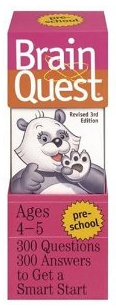 Brain Quest -We started the Brain Quest preschool question pack and what a fun little hands on learning tool. Most of which were pretty easy for my four year old, but still offered fun review and helped solidify some concepts she is weaker in. It’s great for the car or just a simple self directed activity. With full cover pictures and self-checking ability, it has been lots of fun to do together or on her own. We look forward to picking up the Brain Quest Kindergarten as well!
Brain Quest -We started the Brain Quest preschool question pack and what a fun little hands on learning tool. Most of which were pretty easy for my four year old, but still offered fun review and helped solidify some concepts she is weaker in. It’s great for the car or just a simple self directed activity. With full cover pictures and self-checking ability, it has been lots of fun to do together or on her own. We look forward to picking up the Brain Quest Kindergarten as well!
Taro Gami Coloring books -These coloring books are pretty unique. Taro Gomi is a Japanese illustrator that inspires kids to color, draw, imagine and create from unfinished picture prompts. They are also huge, with each volume having somewhere around 400 pages. They inspire imagination in a fun way. Rather than having all the pictures ready to be drawn, the child is encouraged to finish the drawing on their own, such as draw the apples on this tree, and now draw you eating the apples, or draw clothes on the child, etc. These books are certainly suitable for older children as well and may be slightly advanced for a young child.
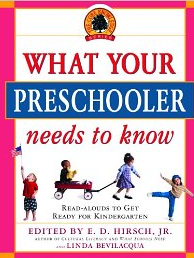 What Your Preschooler Needs to Know – This book is packed full of fun poems, short stories, classic read alouds, simple history and science stories. It has helped me learn how to dialog more effectively with my daughter through our reading experiences to increase comprehension, retention, and narration with lots of helpful teaching tips or question prompts at the side of the page. There is a thorough article at the end about reading aloud to your children with practical tips on making your read aloud time most effective. My little ones love all the sing-a-long poems with simple hand motions or dancing movements. Each day they pull out the book and asks me to read this or sing that. Lots of fun interaction together (with both toddlers and preschoolers)! You can also purchase activity guides that accompany this book.
What Your Preschooler Needs to Know – This book is packed full of fun poems, short stories, classic read alouds, simple history and science stories. It has helped me learn how to dialog more effectively with my daughter through our reading experiences to increase comprehension, retention, and narration with lots of helpful teaching tips or question prompts at the side of the page. There is a thorough article at the end about reading aloud to your children with practical tips on making your read aloud time most effective. My little ones love all the sing-a-long poems with simple hand motions or dancing movements. Each day they pull out the book and asks me to read this or sing that. Lots of fun interaction together (with both toddlers and preschoolers)! You can also purchase activity guides that accompany this book.
Thanks to FBS Books for the sampling of some of these products!
What are your favorite early learning resources?
 It was a lovely month at the Edmonds home. Aaron and I helped serve at Compassion Vancouver, an effort in our community to offer free medical, dental, and social services to the needy. I was coordinating the hospitality team and it was wild and crazy day serving several hundred people, but the event went extremely well, although I had never experienced such extreme exhaustion till after this event. I received a massage from one of the volunteers and slept from 8:30pm-6:30 am! Maybe that is what I need, a daily massage anyone?
It was a lovely month at the Edmonds home. Aaron and I helped serve at Compassion Vancouver, an effort in our community to offer free medical, dental, and social services to the needy. I was coordinating the hospitality team and it was wild and crazy day serving several hundred people, but the event went extremely well, although I had never experienced such extreme exhaustion till after this event. I received a massage from one of the volunteers and slept from 8:30pm-6:30 am! Maybe that is what I need, a daily massage anyone?

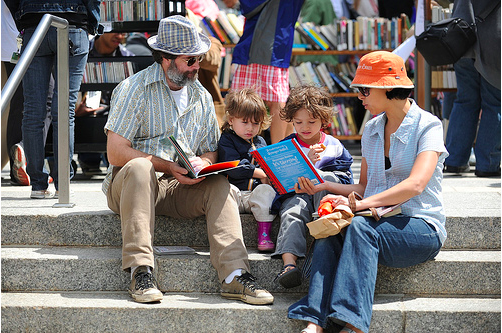

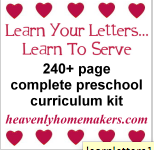
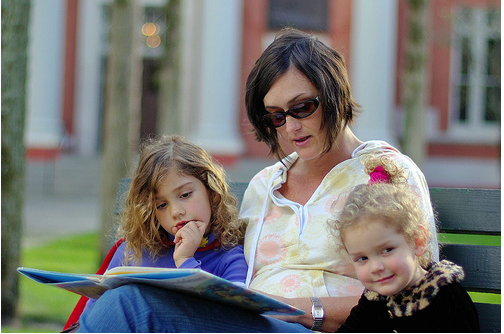 “You may have tangible wealth untold: Caskets of jewels and coffers of gold. Richer than I you can never be – I had a mother who read to me.”
“You may have tangible wealth untold: Caskets of jewels and coffers of gold. Richer than I you can never be – I had a mother who read to me.” I recently completed
I recently completed